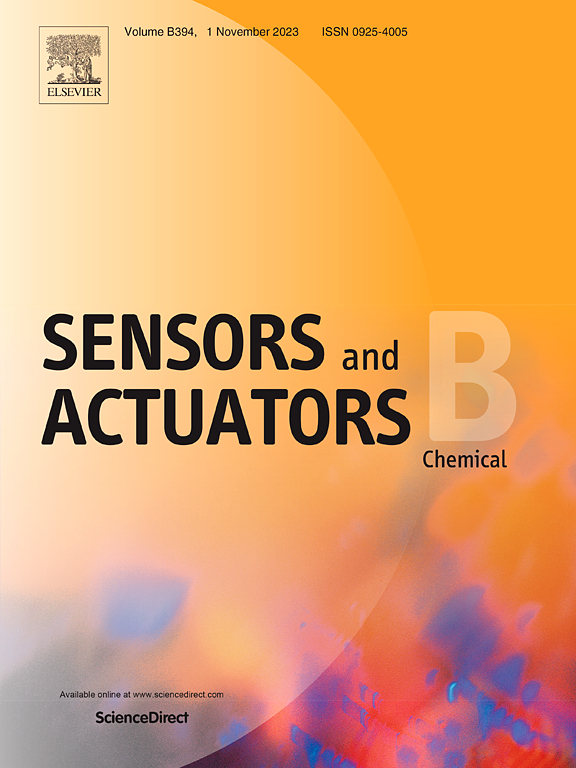A triple-targeting and viscosity-sensitive fluorescence probe for visualization of liver injury and tumor models
IF 8
1区 化学
Q1 CHEMISTRY, ANALYTICAL
引用次数: 0
Abstract
Targeting multiple organelles can provide a more comprehensive understanding of cellular function and metabolism. However, the current research reveals a significant deficiency in the availability of multi-organelle fluorescent probes, which limits ability to study the complex interplay between these organelles in real-time. Furthermore, the development of a multi-organelle viscosity fluorescent probe that is capable of visualizing multiple disease models (liver injury and tumor) poses severe deficiency and remains a great challenge. Herein, for the first time, we developed a novel triple-targeting fluorescence probe (membranes, mitochondria and nuclei, named MMN), which can initially accumulate on the cell membranes, then migrate to mitochondria, and ultimately binds to the nuclei through DNA interaction. MMN consisted of a donor-π-acceptor (D-π-A) structure and extended double bonds bridging rotor, which exhibited sensitive response to viscosity and strong fluorescence intensity. The twisted intramolecular charge transfer (TICT) of MMN was suppressed with an increase in viscosity, accompanied by a significant enhancement of red fluorescence signal with emission wavelength of 585 nm. Cascade imaging of mitochondria and nuclei with MMN allowed real-time monitoring and visualization of mitochondrial status within live cells. Using MMN, we have demonstrated the visualization of liver injury and tumor via mitochondrial viscosity imaging. Therefore, MMN holds significance for studies related to mitochondrial injury and the prevention and treatment of associated diseases.

以多个细胞器为靶标可以更全面地了解细胞的功能和新陈代谢。然而,目前的研究发现,多细胞器荧光探针的可用性存在明显不足,这限制了实时研究这些细胞器之间复杂相互作用的能力。此外,开发一种能够可视化多种疾病模型(肝损伤和肿瘤)的多细胞器粘度荧光探针存在严重不足,仍然是一个巨大的挑战。在此,我们首次开发了一种新型的三靶向荧光探针(膜、线粒体和细胞核,命名为 MMN),它最初可以聚集在细胞膜上,然后迁移到线粒体,最终通过 DNA 相互作用结合到细胞核。MMN 由供体-π-受体(D-π-A)结构和延伸双键桥接转子组成,对粘度反应敏感,荧光强度强。随着粘度的增加,MMN 的分子内电荷转移(TICT)被抑制,同时发射波长为 585 纳米的红色荧光信号显著增强。利用 MMN 对线粒体和细胞核进行级联成像,可实时监测和观察活细胞内线粒体的状态。利用 MMN,我们通过线粒体粘度成像展示了肝损伤和肿瘤的可视化。因此,MMN 对线粒体损伤以及相关疾病的预防和治疗研究具有重要意义。
本文章由计算机程序翻译,如有差异,请以英文原文为准。
求助全文
约1分钟内获得全文
求助全文
来源期刊

Sensors and Actuators B: Chemical
工程技术-电化学
CiteScore
14.60
自引率
11.90%
发文量
1776
审稿时长
3.2 months
期刊介绍:
Sensors & Actuators, B: Chemical is an international journal focused on the research and development of chemical transducers. It covers chemical sensors and biosensors, chemical actuators, and analytical microsystems. The journal is interdisciplinary, aiming to publish original works showcasing substantial advancements beyond the current state of the art in these fields, with practical applicability to solving meaningful analytical problems. Review articles are accepted by invitation from an Editor of the journal.
 求助内容:
求助内容: 应助结果提醒方式:
应助结果提醒方式:


